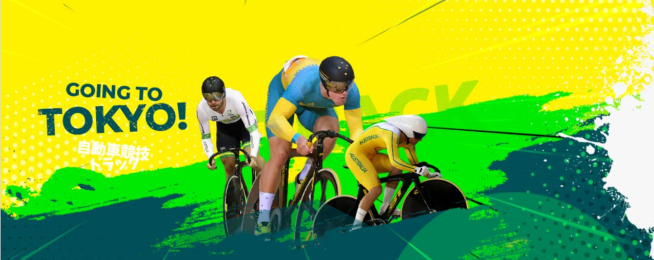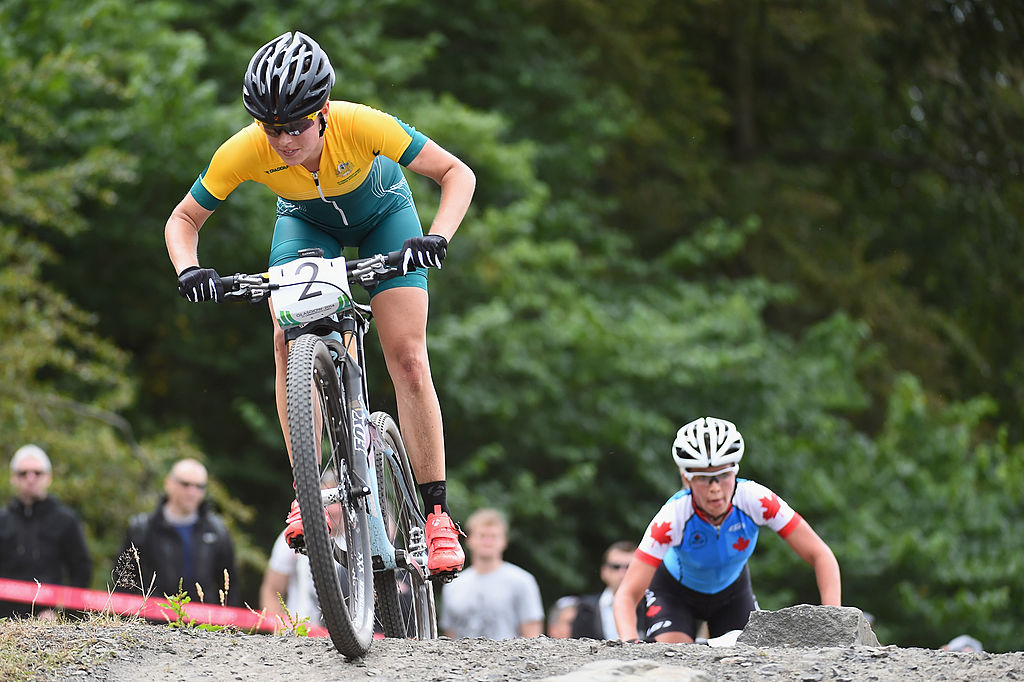The Tokyo 2020 Olympic Games kick off on Friday 23 July and it will be a cycling smorgasbord, with bike events on every single day of competition.
Whether you're an avid cycling fan or still working out the difference between the omnium and the madison, we're sure you'll find some handy information below in our comprehensive guide to bikes at the Olympic Games.
Quick links
- History of Olympic bike riding
- Road cycling at the Olympics
- Track cycling at the Olympics
- Mountain biking at the Olympics
- BMX at the Olympics
- Bikes at the Paralympics
- Sources / handy links
History of Olympic bike riding
Cycling has featured on the programme since the first modern Olympic Games in 1896, and is one of only five sports to have featured at every Games (along with Athletics, Fencing, Gymnastics and Swimming).
There are currently four cycling disciplines on the Olympic programme. Road Cycling and Track Cycling have been there since the beginning and was followed by Mountain Biking exactly 100 years later and BMX in 2008. BMX Freestyle will debut this year in Tokyo.
France has dominated the medal tally across the board, closely followed by Great Britain, Italy, America and the Netherlands. Australia slots in 6th all-time with 14 gold, 19 silver and 18 bronze medals since our first appearance in Olympic Cycling in 1920.
Aussie bike riders at the Games
Edgar “Dunc” Gray became Australia’s first cycling medallist in 1928, finishing third in the 1000 metres time trial in Amsterdam, then claiming gold an Olympiad later in Los Angeles. And didn't he look good doing it...
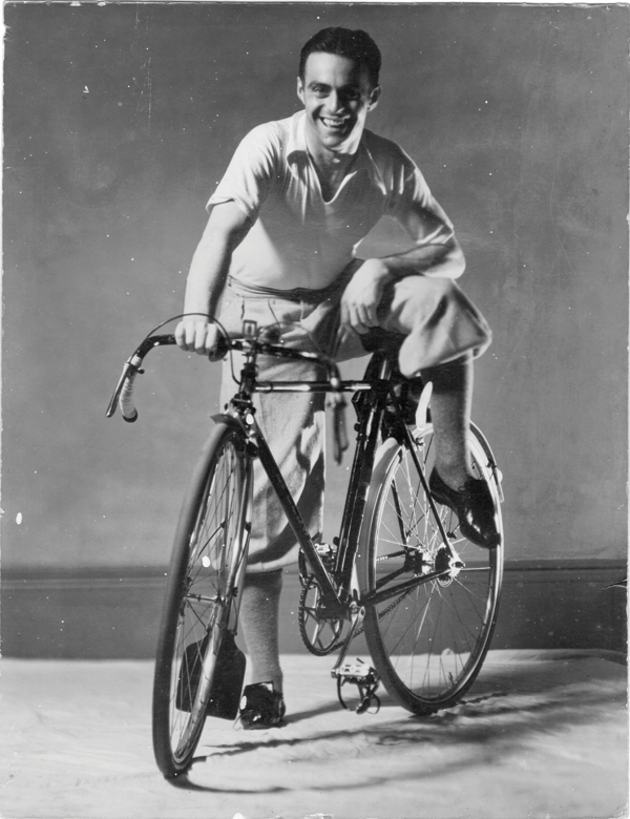
Since Dunc, 173 male and 43 female bike riders have represented Australia at the Olympics, with Stuart O'Grady representing Australia at six separate Games, Shane Kelly five, and Gary Neiwand and Cadel Evans four each.
Anna Meares, Ryan Bayley and Graeme Brown have won the most gold medals for Australia, with two each.
At the last Olympic Games in 2016, Australia sent more cycling athletes than any other nation (31), but a serious run of bad luck saw us bring home 0 gold medals on the bike.
This year we're hoping to change that, with Rohan Dennis picked to hit the podium on the road, Kaarle McCulloch on the track and Logan Martin in the park (just to name a few).
See more medal hopefuls for each discipline below.
Road cycling at the Olympic Games
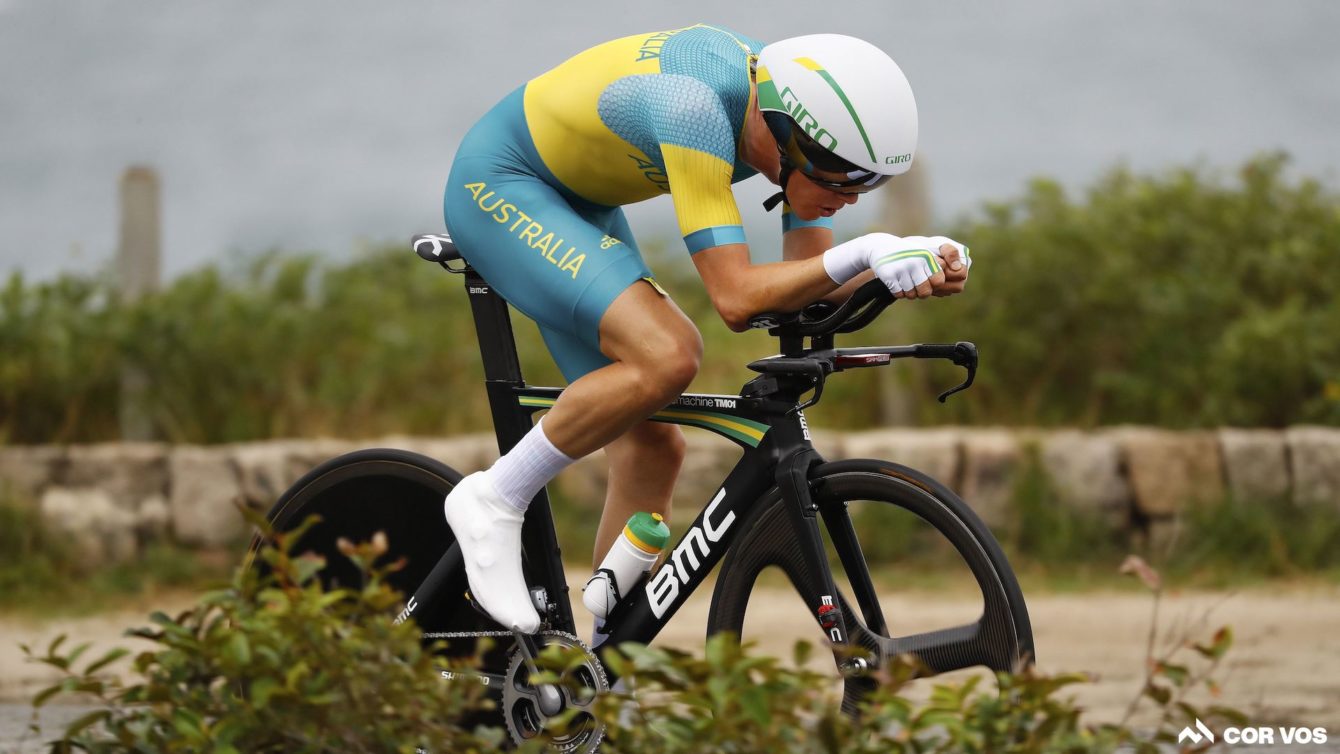
After featuring at the very first modern Olympic Games in 1896, the road race has been included on every Olympic programme since Stockholm in 1912. The individual time trial made its Olympic debut at Atlanta 1996.
The first Australian to win an Olympic gold medal on the road was Kathy Watt in Barcelona 1992.
The road competition consists of the road race and individual time trial for both men and women.
Road race: A mass-start event where the first cyclist to cross the finish line at the end of the total distance is declared the winner. The men's road race will cover a 244km course, including 4,865m of elevation. The women face a 147km course with 2692m of elevation, starting in Tokyo's Musashinonomori Park and incorporating incredible views of Mt Fuji.
Time trial: A shorter distance race against the clock, where riders start at 90 second intervals and compete against the clock for fastest time to complete the course. All riders will contest the time trials at the 22.1km Fuji International Speedway, with men completing two laps and women one lap.
Tokyo 2020 event schedule
Men's Road Race – Saturday 24 July
Women's Road Race – Sunday 25 July
Individual Time Trials – Wednesday 28 July
Australian road cyclists to look out for in Tokyo
Rohan Dennis – Men's time trial
Two-time individual time trial world champion, looking for golden redemption after a crash in Rio.
Amanda Spratt – Women's road race
Dual World Championship medallist and three-time Olympian.
Richie Porte – Men's road race
2020 Tour de France podium finisher looking to banish bad Olympic memories after a crash in Rio.
Sarah Gigante – Women's road race and time trial
Making her Olympic debut at 20 years old, Sarah claimed three national road titles in the last three years (2019 road, 2020 and 2021 time trial) and we're very proud to claim that it all started on the Great Vic Bike Ride.
Track cycling at the Olympic Games
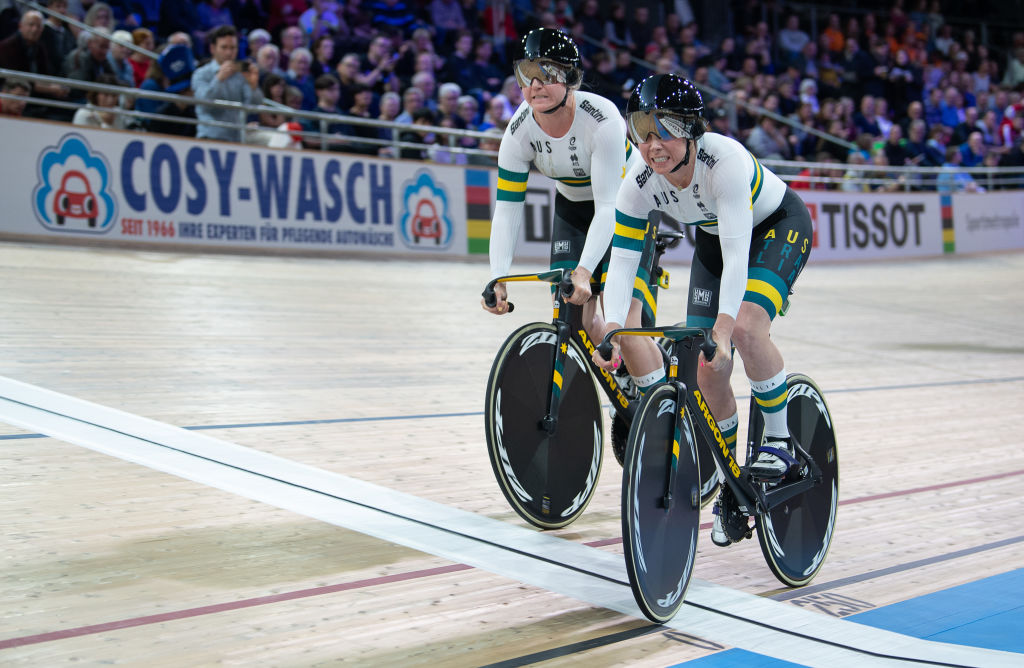
Track cycling has been around since at least 1870, when wooden indoor tracks were built for racing, hardly resembling the impressive velodromes of today. With the exception of 1912, the discipline has been featured at every Olympic Games since the first modern Games.
These days, there are quite a few different track cycling disciplines on the programme, and a number of qualifying and repechages races (where best-placed of those who failed to win heats compete for a place in the final) within each discipline.
See full descriptions and the expansive event timetable via dropdowns below, courtesy of www.uci.org/olympic-games.
Track event descriptions
The Sprint is a classic short distance event in which two riders cover three laps of the track. Qualifying phase consists of a flying start 200m time trial to determine the seeding of the 24 riders, fastest versus slowest. From the quarter finals the riders race best of three heats.
In the men’s competition, teams of three race over three laps, whereas for women, teams of two race over two laps. Each rider in the team must lead for one lap of the race. In the case of a tie (to the closest one-thousandth of a second), the team with the fastest time over the last lap will be declared the winner.
Riders in the Keirin start in a bunch behind a motorized device in order to progressively reach a specific speed. The pacemaker starts at 30km/h and increases to 50km/h over three laps, then exits the track with three laps to go, leaving the riders to sprint for the win.
Competing teams of four riders start on opposite sides of the velodrome and race over 4,000m. The winning team is the one that records the fastest time or in the finals, catches its opponents.
The Omnium is made up of 4 bunch events raced on the same day: scratch race, tempo race, elimination and points race.
The final classification is established as follows: the points accumulated by the riders over the first 3 events, on the basis of the points scale in force, are added up. During the 4th and final race, this total may increase or decrease according to the points won or lost by the rider in the specific points race. The winner is the rider who has the highest total of points at the end of the 4th event.
Scratch race: a classic first across the line race over 10km for men and 7.5km for women.
Tempo race: 10 km for Men and 7.5 km for Women in which after the first 5 laps, 1 point is given to the first rider crossing the line on each lap. Besides, riders can also earn 20 points by lapping the field. The winner is the rider with the most points.
Elimination race: a bunch race during which the last rider crossing the line at each intermediate sprint (every 2 laps) is eliminated.
Points race: Men cover 25km and women cover 20km. The final placing is determined according to accumulated points won by riders in intermediate sprints or by laps gained on the main field.
The Madison is a team event of two riders. This relay race is contested over 50km for men and 30km for women with intermediate sprints (every 10 laps). While one team member races, the other slows down to take a rest before being thrown back into the action with a hand sling from his/her team mate. The classification is calculated according to the number of points won. As with the points race, any team that gains a lap on the main bunch is awarded 20 points, while any team that is lapped by the bunch has 20 points deducted. Points awarded in the last sprint after the full distance are doubled (10 points, 6 points, 4 points, 2 points).
Tokyo 2020 event schedule
- Women's team sprint qualifying
- Women's team pursuit qualifying
- Women's team sprint first round
- Men's team pursuit qualifying
- Women's team sprint final
- Women’s team pursuit first round
- Women’s team sprint qualifying
- Men’s team pursuit first round
- Men’s team sprint first round
- Women’s team pursuit final
- Men’s team sprint final
- Men’s sprint qualifying
- Women’s keirin first round
- Men’s sprint 1/32 finals
- Women’s keirin first round repechages
- Men’s sprint 1/32 finals repechages
- Men’s team pursuit final
- Men’s sprint 1/16 finals
- Men’s sprint 1/16 finals repechages
- Men’s omnium final
- Men’s sprint 1/8 finals
- Women’s Keirin second round
- Men’s sprint 1/8 finals repechages
- Men’s sprint 1/4 finals
- Women’s keirin third round
- Women’s keirin final
- Men’s sprint place races 5-8
- Women’s sprint qualifying
- Men’s sprint final
- Women’s sprint 1/32 finals
- Women’s sprint 1/32 repechages
- Women’s Madison final
- Women’s sprint 1/16 finals
- Women's sprint 1/16 repechages
- Women’s sprint 1/8 finals
- Men’s keirin first round
- Women’s sprint 1/8 finals repechages
- Men’s keirin first round repechages
- Women’s sprint 1/4 finals
- Men’s Madison final
- Women’s omnium
- Women’s sprint final
- Men’s keirin second round
- Men’s keirin third round
- Men’s keirin final
Australian track cyclists to look out for in Tokyo
Kaarle McCulloch – Women's sprint
London 2012 Olympic team sprint bronze and 2020 World Championship team sprint silver medallist looking to go one better.
Matthew Glaetzer – Men's sprint
Two-time track world champion and three time Commonwealth gold medallist, Matthew is overcoming a shock thyroid cancer diagnosis and surgery to compete in Tokyo "stronger than ever".
Lucas Plapp – Men's track
Coming off a massive Tour Down Under, this Brunswick local and 3 x world champion jersey wearing 20-year-old is one to keep an eye on at Tokyo as he continues to go from strength to strength.
Australia will be represented by 14 track cyclists in total, including six Olympic debuts, seven who will contest their second Games, while Annette Edmondson and Matthew Glaetzer return for their third time.
Mountain biking at the Olympic Games
Mountain Biking only made its Olympic debut at the Atlanta 1996 Games. Tokyo will be Mountain Bike Cross-Country's seventh appearance as an official Olympic sport, with the race will take place at the Izu MTB Course, two hours southwest of Tokyo.
The mountain bike events for both men and women are mass start events, where riders are seeded into a starting grid according to their current world ranking. They complete one start loop, followed by a number of laps of the course (specified before the start time based on conditions). The winner is the first to cross the finish line.
Tokyo 2020 event schedule
Men's cross-country – Monday 26 July
Women's cross-country – Tuesday 27 July
Australian MTB riders to look out for in Tokyo
We're only sending two athletes, and they happen to be husband and wife!
Daniel McConnell will become the first Australian to make four Olympic Teams in Mountain Bike and Rebecca McConnell, the the first Australian woman to make three Games in Mountain Bike. Rebecca is currently ranked inside the top 5 for the overall cross-country standings and is a definite medal prospect.
BMX at the Olympic Games
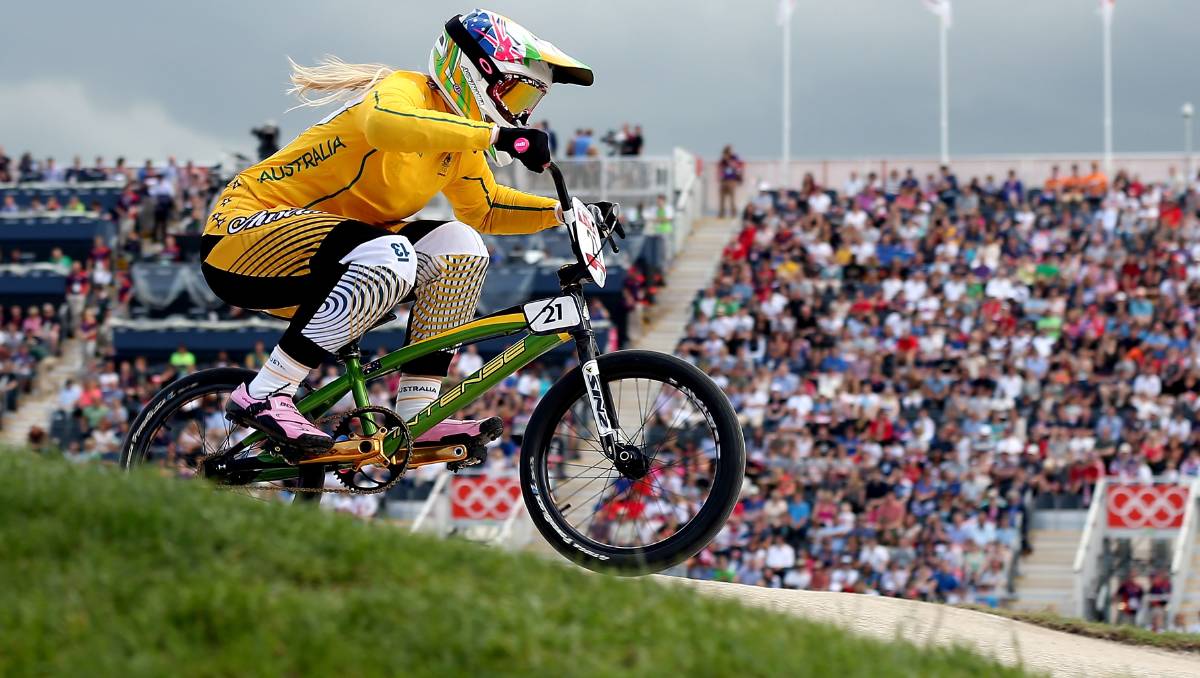
The baby of the Olympic biking world, BMX (bicycle motocross) was integrated into the organisational framework of the Union Cycliste Internationale (UCI) in 1993, and made its first appearance at the Olympics 15 years later at the Beijing 2008 Games.
Aussie Sam Willoughby won Australia’s first BMX medal taking home the silver medal at London 2012.
There will be two event disciplines taking place in Tokyo:
Elite BMX (racing): held on short outdoor tracks that include jumps, bumps and tight banked corners. Eight riders compete in each heat, with the top four qualifying for the next round. Races take about 40 seconds.
BMX Freestyle (park): making its Olympic debut at Tokyo 2020, riders will execute tricks on obstacles such as walls, box jumps and spines. They are given 60 seconds to perform acrobatics tricks and skills, with tricks scored on multiple aspects including difficulty, originality, execution, height and creativity.
Tokyo 2020 event schedule
Thursday 29 July
Men’s racing quarter-finals
Women’s racing quarter-finals
Friday 30 July
Men’s racing semi-finals
Women’s racing semi-final
Men’s racing final
Women’s racing final
Saturday 31 July
Men’s freestyle park seeding
Women’s freestyle park seeding
Sunday 1 August
Men’s freestyle park final
Women’s freestyle park final
Australian BMX riders to look out for in Tokyo
Saya Sakakibara – Women's BMX race
Making her Olympic debut at the age of 21, Saya will be optimistic after taking out the Tokyo Test event in 2019 on the same track.
Anthony Dean – Men's BMX race
A consistent competitor on the world stage, Anthony made the finals in Rio 2016 and will be looking to go one better.
Logan Martin – Men's BMX freestyle
Heading to his first Olympic games as a world champion after taking out the UCI BMX Freestyle World Championships in France in June.
Natalya Diehm – Women's BMX freestyle
Took out the AusCycling BMX Freestyle National Championships earlier this year and sits inside the top ten in the world rankings.
*Alise Willoughby – Women's BMX race
*Not an Aussie, but Alise is the wife of Aussie legend Sam Willoughby (who won our first ever Olympic medal in BMX). An honorary Aussie, the American champion is coached by Sam, who is now in a wheelchair after a tragic accident on the bike cut his riding career short – but it hasn't slowed him down. We'll be cheering for the Willoughbys!
Bikes at the Paralympic Games
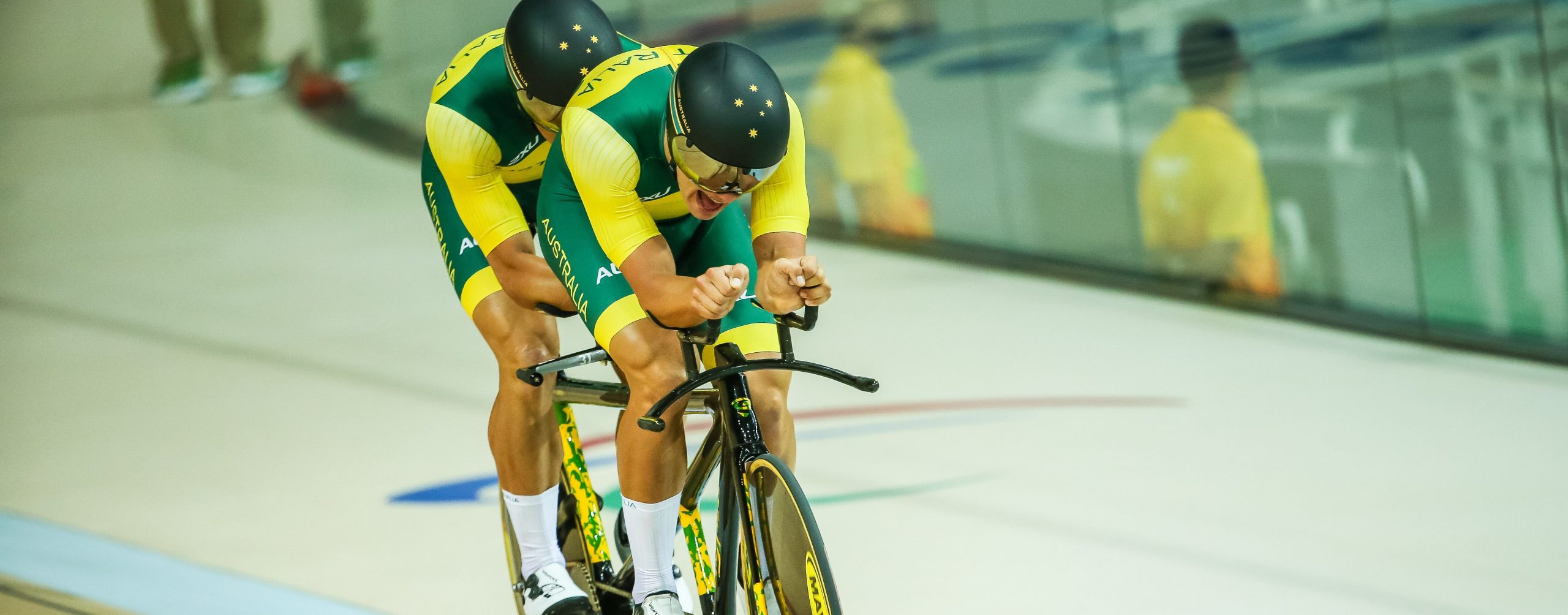
Cycling is a relatively new sport for Paralympians, with visually impaired athletes and athletes with limb loss, limb deficiency and cerebral palsy the first to compete in cycling events.
Cycling is divided into track and road events. Visually impaired athletes compete on tandem bicycles with a sighted team mate (pilot). These athletes can compete in both track and road events.
Cyclists with limb loss or deficiency, spinal cord or nerve damage, or cerebral palsy/acquired brain injury or similar conditions compete in track and road events using bicycles modified for their needs. Riders may use a standard bike, handcycle or trike depending on their level of impairment.
The current classification for para-cycling is organised as follows:
C class (cycling): for athletes with limb deficiency, impaired muscle power or range of motion and impairments affecting co-ordination, such as uncoordinated movements and involuntary movements. Competition is subdivided into classes C1, C2, C3, C4 and C5 according to the severity of impairment.
H class (handcycling): for athletes competing with a handcycle with impairments such as amputation or paralysis of the legs or motor function impairments and is subdivided into classes H1, H2, H3, H4 and H5
T class (tricycle): for athletes competing on a tricycle with a lack of balance and/or restriction in pedalling due to muscle tension, uncoordinated movements or involuntary movement. It is subdivided into classes T1 and T2.
B class (tandem): for athletes with vision impairments competing on a tandem with a sighted pilot. B1, B2 and B3 athletes compete in one event.
Australian para-cyclists to look out for in Tokyo
All of them! Australia was the top-ranked nation in Para-cycling at the Games in 1996, 2000 and 2004 and we’ve been a major force ever since, including 13 medals in Rio.
Our 12-person para-cycling squad is well placed to convert their immense potential at Tokyo, with six of the team members entering the Games as recent World Champions in their disciplines, including dual Paralympic champion David Nicholas, as well as Alistair Donohoe, Paige Greco, Amanda Reid, Darren Hicks and Emily Petricola.
Sources
The following websites were used to help gather this information, and are highly recommended for anyone going down an Olympic cycling rabbit hole:
www.olympics.com.au/sports/cycling/
www.australiancyclingteam.com/
www.paralympic.org.au/sports/para-cycling/
https://www.uci.org/olympic-games/cycling-at-the-olympic-games
https://en.wikipedia.org/wiki/Cycling_at_the_Summer_Olympics


